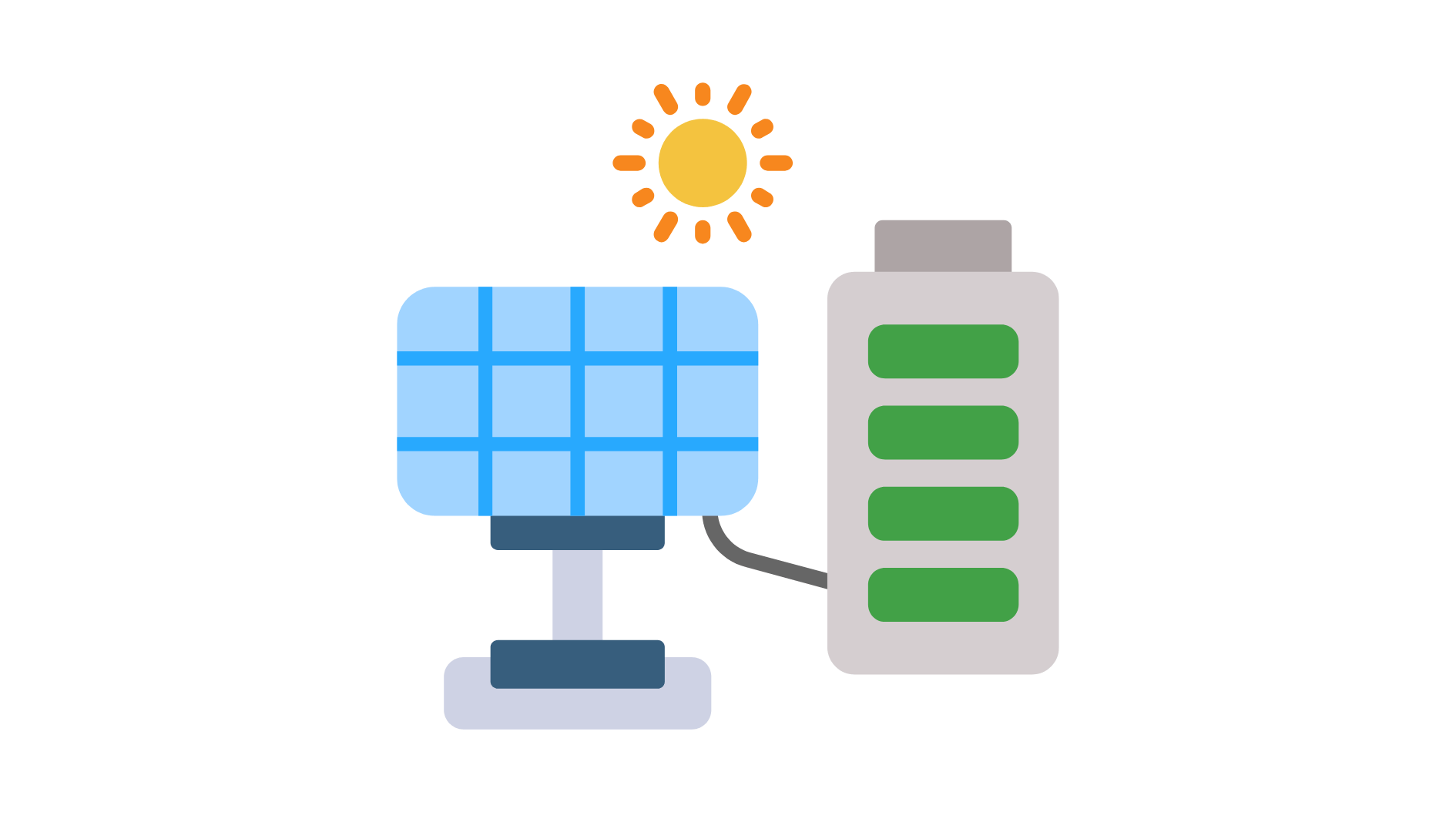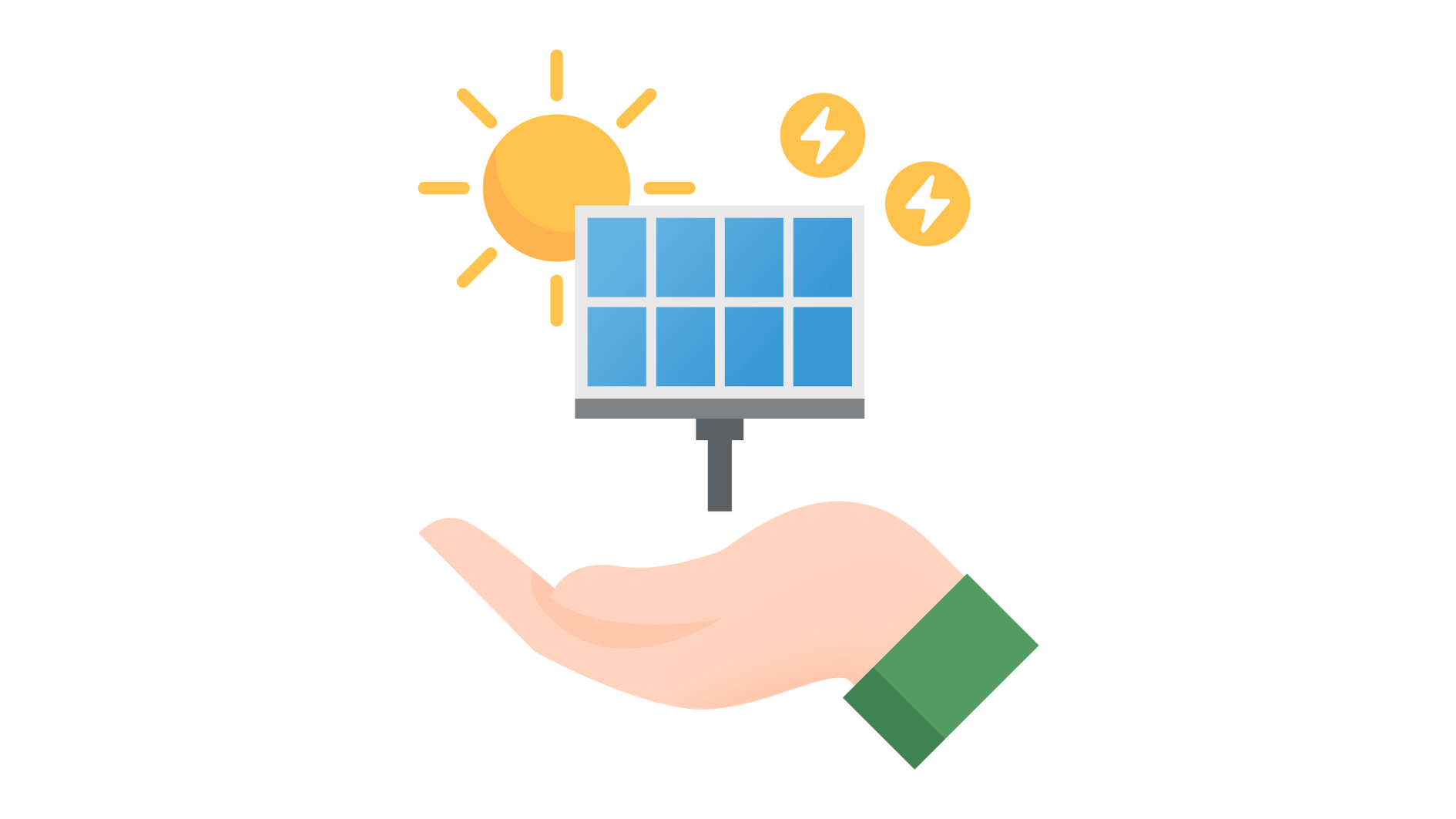Back to: How to Combine Solar with Battery Storage for Maximum Savings
Not All Solar Batteries Are the Same
Now that you understand the benefits of solar batteries, how do you choose the right one?
There are different battery technologies, sizes, and features, but the best option depends on your energy needs, budget, and backup power goals.
Types of Solar Batteries
Lithium-Ion Batteries (Most Popular, e.g., Tesla Powerwall)
✔️ Higher efficiency – stores and delivers more energy.
✔️ Longer lifespan – lasts 10-15 years before needing replacement.
✔️ Compact size – requires less space in your home.
💰 Cost: More expensive but provides better long-term value.
Lead-Acid Batteries (Older Tech, Lower Cost)
✔️ Lower upfront cost – budget-friendly option.
✔️ Works well for off-grid setups.
❌ Shorter lifespan – typically lasts 5-7 years.
❌ Bulkier – requires more storage space.
How Much Battery Storage Do You Need?
Your battery size should match your energy consumption and backup needs.
🏠 Small Battery (5-7 kWh) – Good for basic backup (lights, Wi-Fi, small appliances).
🔋 Medium Battery (10-13 kWh) – Covers most daily electricity needs for a typical household.
⚡ Large Battery (15+ kWh) – Powers the whole house, ideal for areas with frequent outages.
Pro Tip: If you live in an area with frequent power outages, a larger battery ensures you have backup electricity when needed. If you just want to save money on electricity, a smaller battery may be enough!
💡 Key Takeaway: Lithium-ion batteries are the best long-term investment, but battery size depends on your goals—do you want full backup power or just extra savings?




